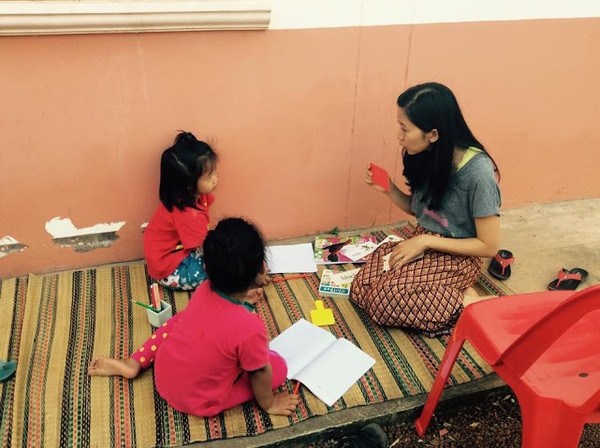I'll also be the first to admit that I'm really bad about spending money on things instead of experiences. I love to travel and will jump at the chance to go anywhere new, but find that if I just saved some of my money for such things instead of buying the latest Star Wars game, which was a bit of a let down anyways, it'd be a hell of a lot easier to afford some great weekend trips.
"Our experiences are a bigger part of ourselves than our material goods," says Gilovich. "You can really like your material stuff. You can even think that part of your identity is connected to those things, but nonetheless they remain separate from you. In contrast, your experiences really are part of you. We are the sum total of our experiences."
My MacBook Pro can't recreate the experience of sitting along the Seine on a cold day and feeling the river lap against the concrete of Pont Neuf. That's poetry, words and wind mixing together to create a timeless experience that imprints itself onto your consciousness. You don't normally hear much poetry written about gaining the high score on Halo or Black Ops 3. I'm sure it exists, it's just probably not very inspiring.
"Turns out people don't like hearing about other people's possessions very much," Cornell doctoral candidate Amit Kumar said while speaking to The Atlantic in 2014, "but they do like hearing about that time you saw Vampire Weekend."
Changing attitudes on experiences
At the end of Cassano's article, Gilovich talks about how we as a society should put more emphasis on experiences, noting that currently it's much easier to just purchase things. "By shifting the investments that societies make and the policies they pursue, they can steer large populations to the kinds of experiential pursuits that promote greater happiness," write Gilovich and coauthor, Kumar, in their recent article in the academic journal Experimental Social Psychology.
This is an approach that I'm all for. Gilovich even goes as far as positing that our priorities are skewed and that we should be making it easier to have these experiences, including more paid leave from work and better recreational spaces to have them in. What good is a public park if it's not kept up or safe? We owe it to ourselves to care about the places we live so we can experience beautiful things in them.
So as 2016 looms large and heavy upon us, I'm committing to spend less money on stuff that usually breaks and lets you down and more on living life with my family and friends. Besides, you have more to write about that way.
P.S. I'm not against video games at all, I just personally need to play them less and spend more time being creative for my own personal sanity.











